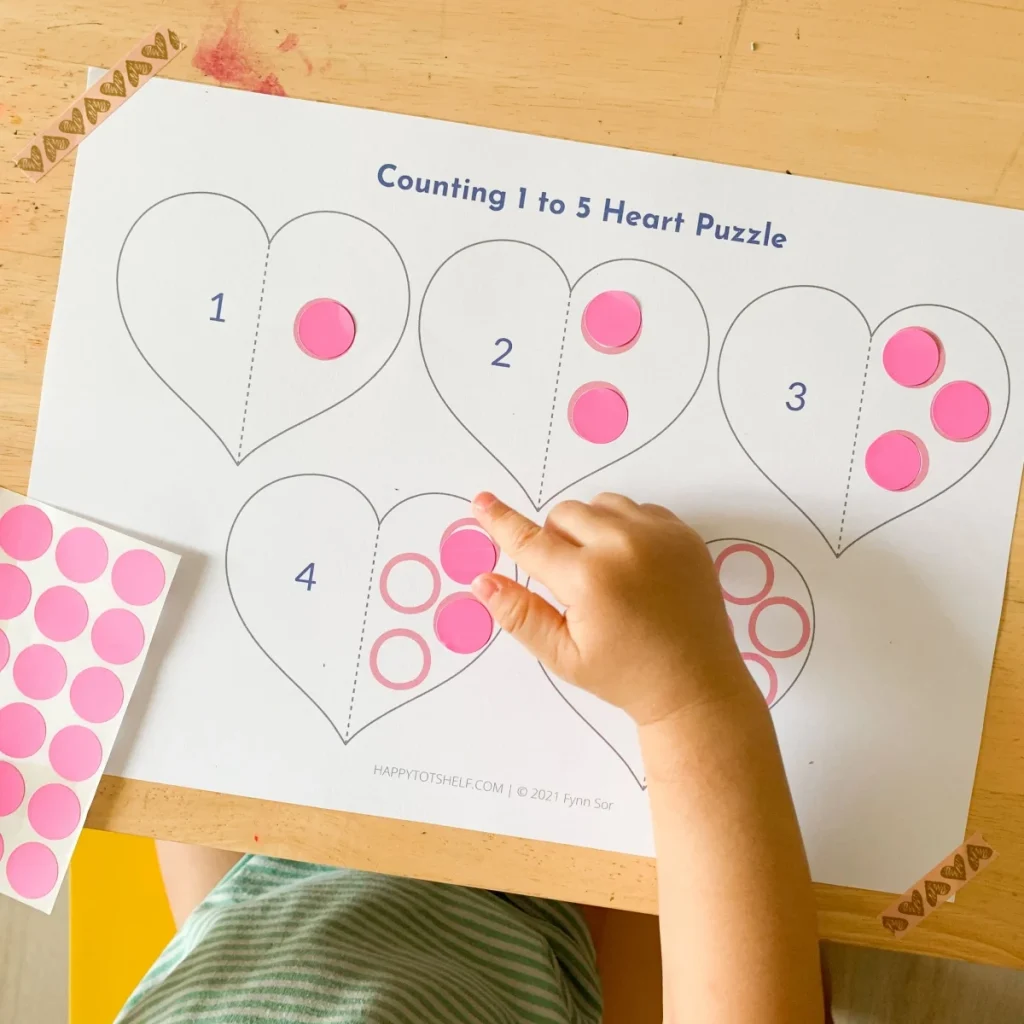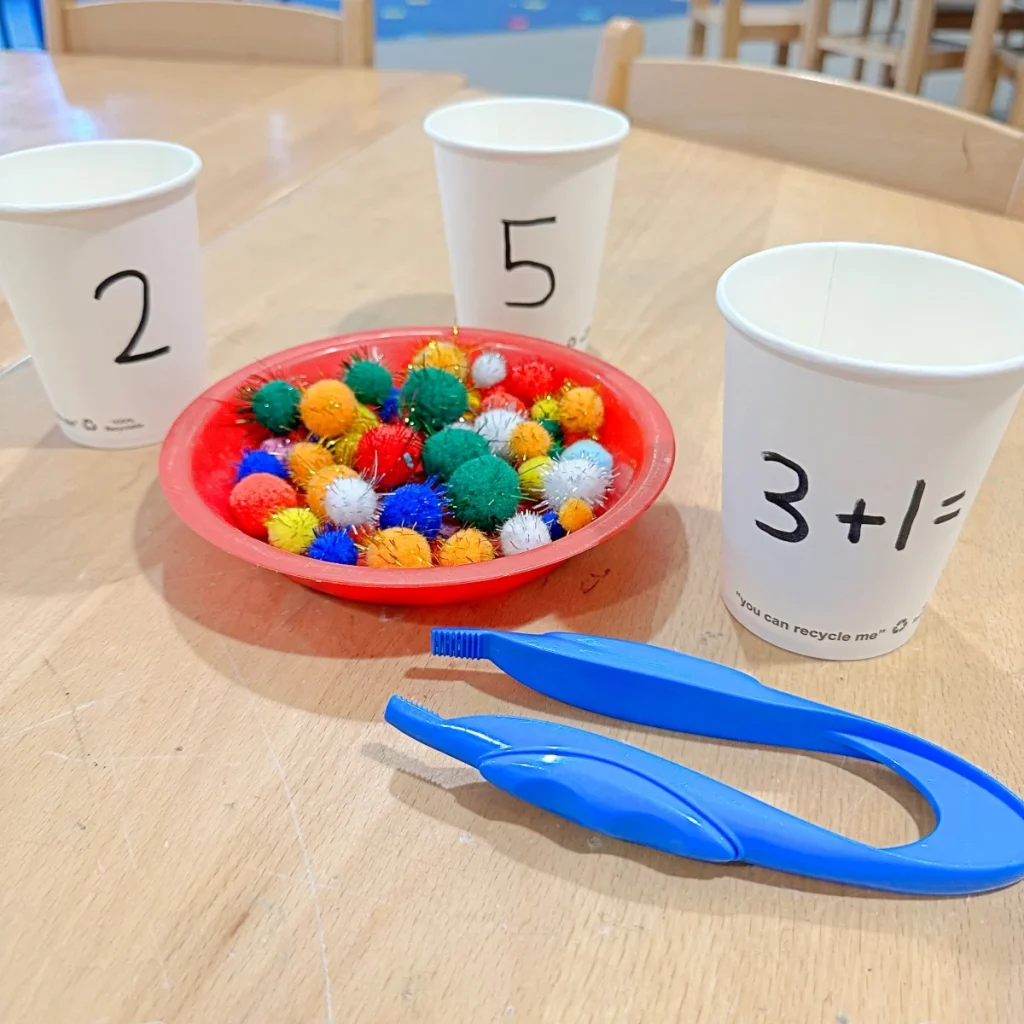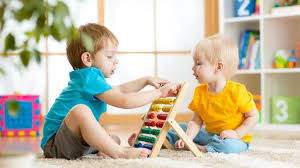Hey, parents. If you want fun and educational ways to teach numbers, you will love these engaging counting activities for toddlers. These simple games and playful routines, often paired with sensory play, are the perfect foundation for early math. From everyday moments to structured play, counting activities for kids help build focus, memory, and number sense.
Using counting worksheets 1–10, children can begin to recognize and write numbers while having fun. As they grow, counting activities for kindergarten and counting activities for kindergarten 1–10 introduce more advanced number skills through songs, games, and hands-on learning. Printable tools like counting activities for kindergarten printables make it easy to practice at home or in the classroom.
10 Engaging Counting Activities for Toddlers:
These playful activities introduce basic counting and keep your toddler entertained:
- Count with blocks – Build towers and count each piece.
- Finger play rhymes – Songs like “One, Two, Buckle My Shoe.”
- Snack sorting – Count raisins, crackers, or cereal loops.
- Bath time math – Count toys while they float.
- Nature walk counting – Count rocks, flowers, or leaves.
- Sticker charts – Stick one sticker each day and count progress.
- Toy cleanup race – Count toys as they are picked up.
- Board books with numbers – Read and count illustrations.
- Clap and count – Clap a rhythm and count along.
- Flashcard games – Use large cards with pictures and numbers.
Try one or two each day for steady improvement.

Counting Activities for Kindergarten 1–10:
Once toddlers become kindergarteners, counting gets a bit more structured. Here are focused activities for numbers 1 to 10:
- Ten-frame fun: Fill a 10-frame using buttons or beans.
- Counting bear games: Match toy bears to numbers.
- Jump and count: Kids jump forward for each number.
- Number line hopscotch: Combine gross motor skills with math.
- Match the number: Match groups of items to their correct numeral.
These tasks blend movement with math—ideal for keeping young learners engaged.
Counting Activities for Kindergarten Printable:
Printable counting worksheets are perfect for hands-on learning and at-home practice.
Try these worksheet ideas:
- Trace and write numbers 1–10
- Count and color fruits or animals
- Cut and paste matching numbers
- Dot-to-dot with numbers
- Missing number worksheets
You can download free printable counting worksheets from sites like Education.com or Twinkl.

Counting Activities for Preschoolers:
Preschoolers learn best through play. These counting activities for preschoolers help prepare them for kindergarten:
- Playdough number mats
- Count and stack cups
- Paint-by-number crafts
- Counting with puzzles
- Sing-along counting songs
Using both visuals and physical play improves attention and retention.

Counting Activities for Grade 1:
In first grade, counting becomes more advanced. These activities help children grow their skills:
- Skip counting by 2s, 5s, and 10s
- Add objects while counting
- Use number lines for solving problems
- Interactive math centers in class
- Estimate and count items in jars
Encourage real-life practice, such as counting money or measuring ingredients.
Counting Activities Worksheets and Resources:
To support all the above levels, consider using structured worksheets. These printable sheets include:
- Counting objects 1–10
- Matching numbers to groups
- Counting and circling answers
- Number writing practice
- Fill in the blanks (missing numbers)
Download age-appropriate worksheets and make them part of your child’s routine.
Benefits of Counting Activities for Toddlers:
Counting activities for toddlers are more than just fun—they support critical brain development. Here’s why they matter:
- Language growth: Toddlers learn number-related words during play.
- Stronger memory: Repetition improves short-term and long-term recall.
- Better coordination: Activities involving objects help fine motor skills.
- Early math sense: Toddlers begin to understand quantity and sequence.
You can simply count snacks, steps, or toys. This keeps learning natural and consistent

Conclusion:
Counting activities play a powerful role in helping children of all ages—from toddlers to grade 1—build strong number skills in fun and engaging ways. Whether you’re using printable worksheets, interactive games, or real-life counting moments, these activities help children develop confidence, focus, and a love for learning. By including age-appropriate counting activities for kindergarten, preschoolers, and toddlers, parents and teachers can create a joyful learning environment that supports early math success. Start small, stay consistent, and make every number count!
FAQS:
How do you teach counting with activities?
You can teach counting through hands-on activities like using blocks, number songs, sorting objects, or playing with flashcards. Repetition and visual aids help toddlers understand number order and value through play.
What are the 5 rules of counting?
The five basic counting principles are: one-to-one correspondence, stable order, cardinality, abstraction, and order irrelevance. These rules help children understand that counting is systematic and numbers represent quantities.
What are the Montessori activities for counting numbers?
Montessori counting activities include using number rods, sandpaper numbers, bead chains, spindle boxes, and counting cards with objects. These tools encourage tactile, self-paced, and visual number learning.
What are the 3 counting techniques?
The three main counting techniques are: rote counting (reciting numbers), one-to-one correspondence (matching one item to one number), and skip counting (counting by twos, fives, tens, etc.). These methods build foundational math skills.
